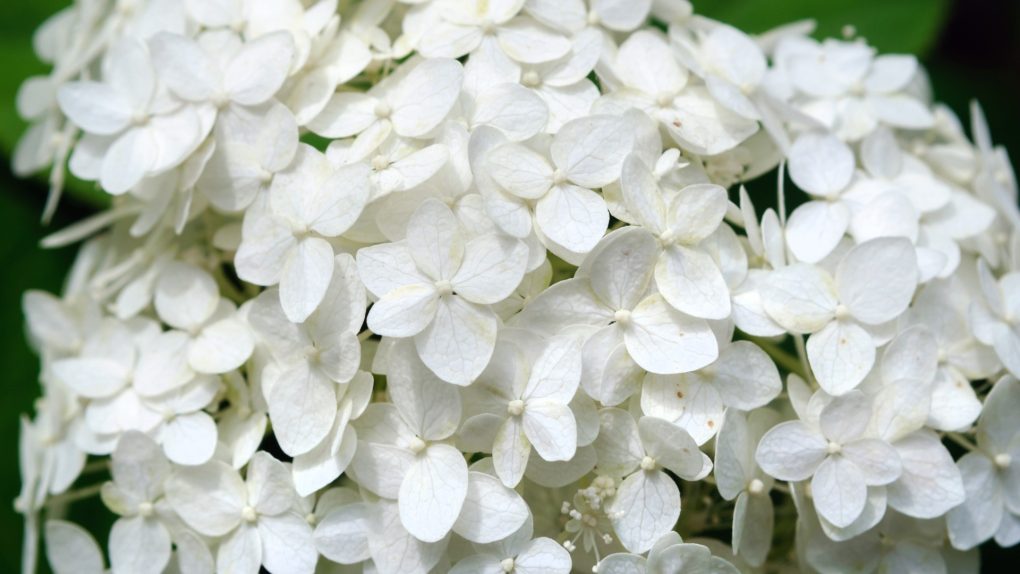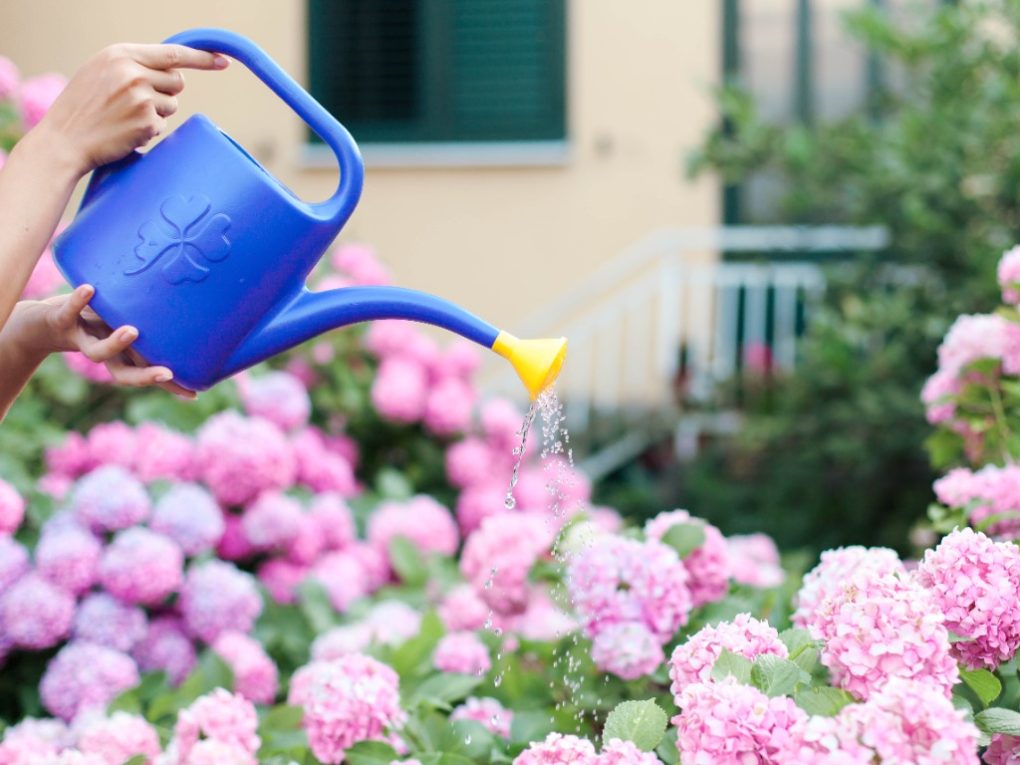Hydrangea Bloom Time: How Long Do They Last?
Hydrangeas typically bloom for 4 to 6 weeks, although the exact duration may vary depending on the type of hydrangea, local climate, and growing conditions. Certain varieties, such as the bigleaf hydrangea (Hydrangea macrophylla) and oakleaf hydrangea (Hydrangea quercifolia), have a single flowering period that usually occurs in summer.

However, some hydrangeas, like the panicle hydrangea (Hydrangea paniculata) and smooth hydrangea (Hydrangea arborescens), are known to produce flowers more than once in a growing season.
Proper care is essential in ensuring that hydrangeas enjoy long-lasting blooms. Providing ideal soil conditions, sufficient sun exposure, appropriate water intake, regular feeding, and timely pruning will all contribute to the overall health of your hydrangea plant and the duration of its flowering period.
Table of Contents
Caring for Hydrangeas to Prolong Blooming
Hydrangeas are a popular choice for gardeners due to their stunning blooms, which can last several weeks. However, proper care is essential to ensure they bloom for as long as possible. Here are some tips to keep your hydrangeas blooming all season long:
Pruning Techniques
Pruning hydrangeas can be tricky, as different species require different techniques. Prior to pruning, it’s important to identify your hydrangea’s type. Generally, hydrangeas should be pruned in late winter or early spring before new growth appears. In any season, you can remove dead or damaged wood.
Pruning should be
minimal for bigleaf hydrangeas (Hydrangea macrophylla), which bloom on old wood. Remove dead or damaged wood, and avoid cutting back stems with flower buds. For panicle hydrangeas (Hydrangea paniculata), which bloom on new wood, pruning can be more aggressive. Cut back stems to just above a pair of healthy buds.
Watering and Fertilizing Tips
Hydrangeas need consistent moisture to bloom well. The amount of rainfall determines how often you should water deeply. Keep water away from the leaves in order to prevent disease from spreading. To help retain moisture, mulch around the plant’s base.
Fertilize your hydrangeas once a year in early spring with a balanced fertilizer. Overfertilizing can lead to excessive foliage growth at the expense of blooms.

Dealing with Pests and Diseases
Hydrangeas can be susceptible to a variety of pests and diseases. Watch for common issues like powdery mildew, which can be treated with a fungicide. Spider mites and aphids can be controlled with insecticidal soap. Avoid overhead watering, as this can encourage fungal diseases.
Regularly inspect your hydrangeas for signs of pests or disease, and take action promptly to prevent further damage.
How to Make Hydrangea Bloom More
If you’re looking to grow stunning hydrangeas that bloom abundantly, follow these simple steps:
1. Prune properly
Pruning encourages healthy growth by removing dead or damaged wood. For hydrangeas to produce more blooms, pruning is essential. You should prune your hydrangeas in late winter or early spring.

2. Know Your Hydrangea
It is important to understand your hydrangea type since each variety has its requirements for optimal growth and blooming. It will also help you to know when and how to prune. For example, if you have the Bigleaf hydrangea, pruning it in late summer would be the best time for abundant blooms.
3. Provide Enough Light
Hydrangeas require adequate light for abundant blooms. Ensure your hydrangea has at least six hours of direct sunlight daily. However, the plant’s amount of sunlight depends on your climate.
4. Water Correctly
Hydrangeas require consistent and regular watering for optimal blooming. You should ensure to water your hydrangeas deeply at least once a week. Make sure the soil is well-drained and moist, not soggy.
5. Add Fertilizers
Fertilizing hydrangeas can help boost their growth and produce abundant blooms. You can add a balanced fertilizer to your hydrangeas in early spring before growth begins. Additionally, you can add compost to the soil to provide the necessary nutrients.
Remember that hydrangeas do not bloom overnight; it takes time and care. With these tips, you’re on your way to growing beautiful and abundant hydrangeas.
